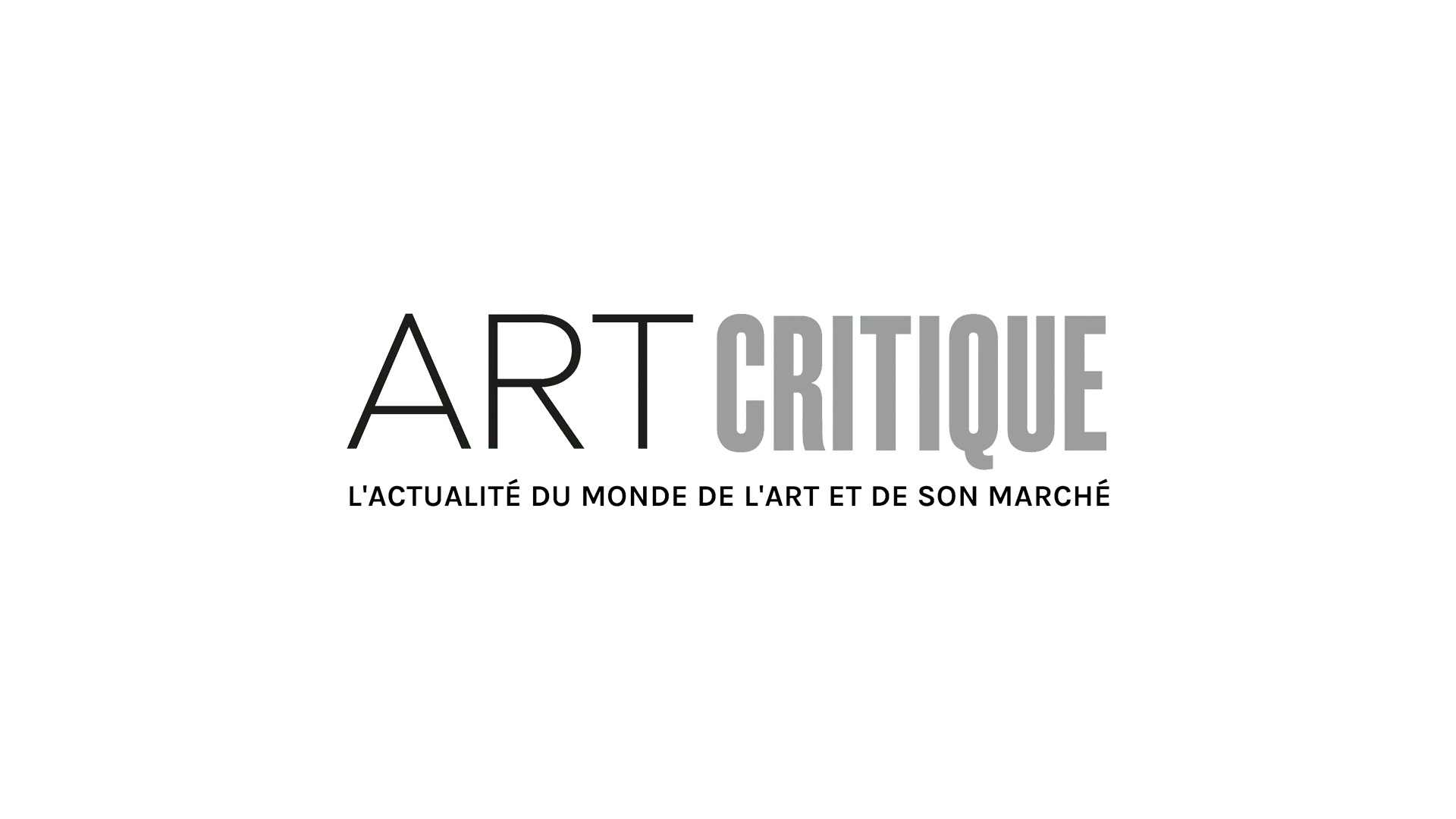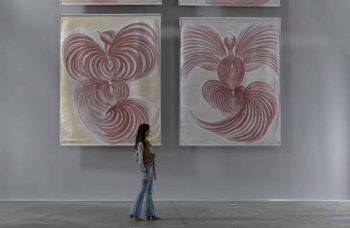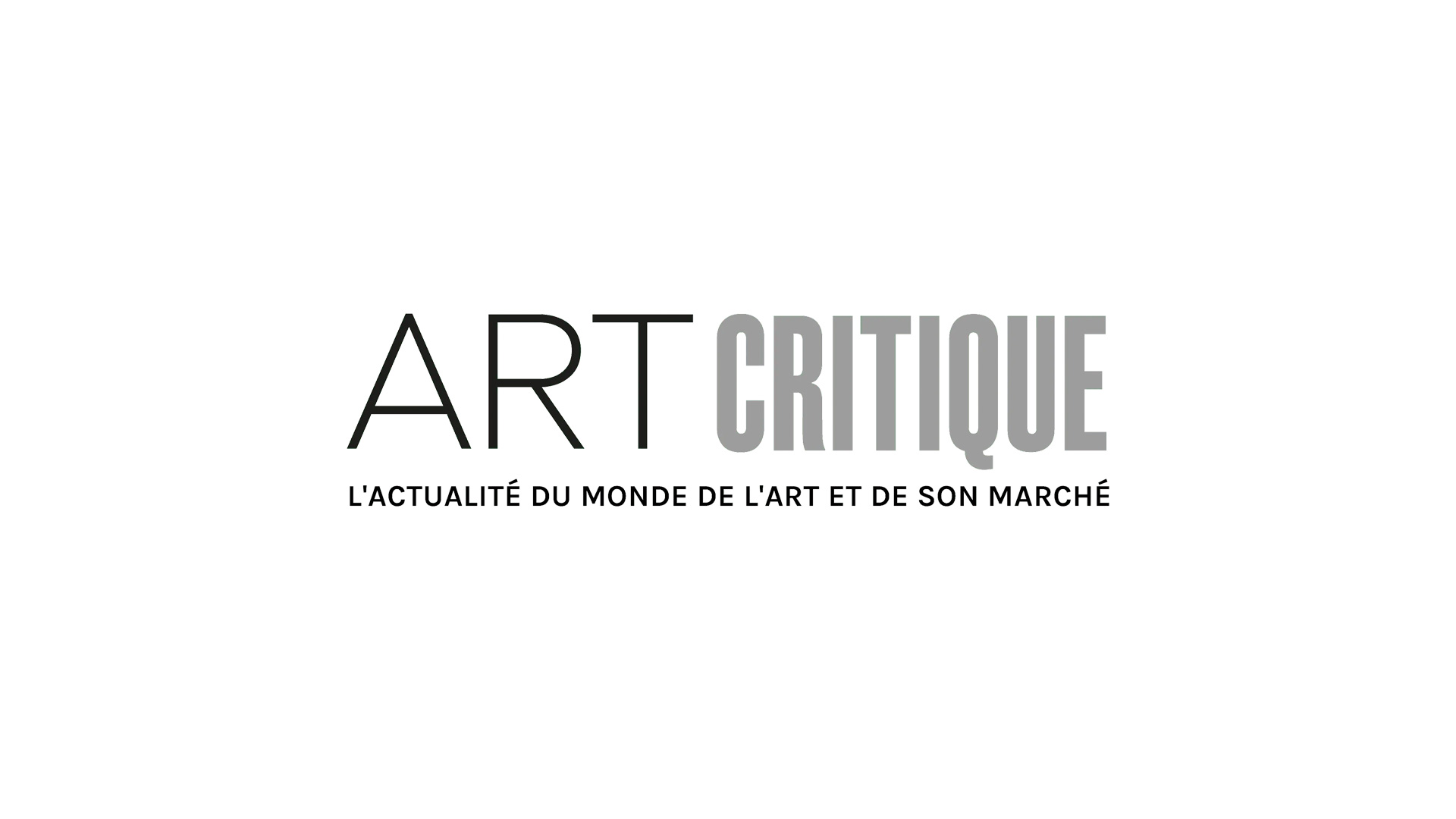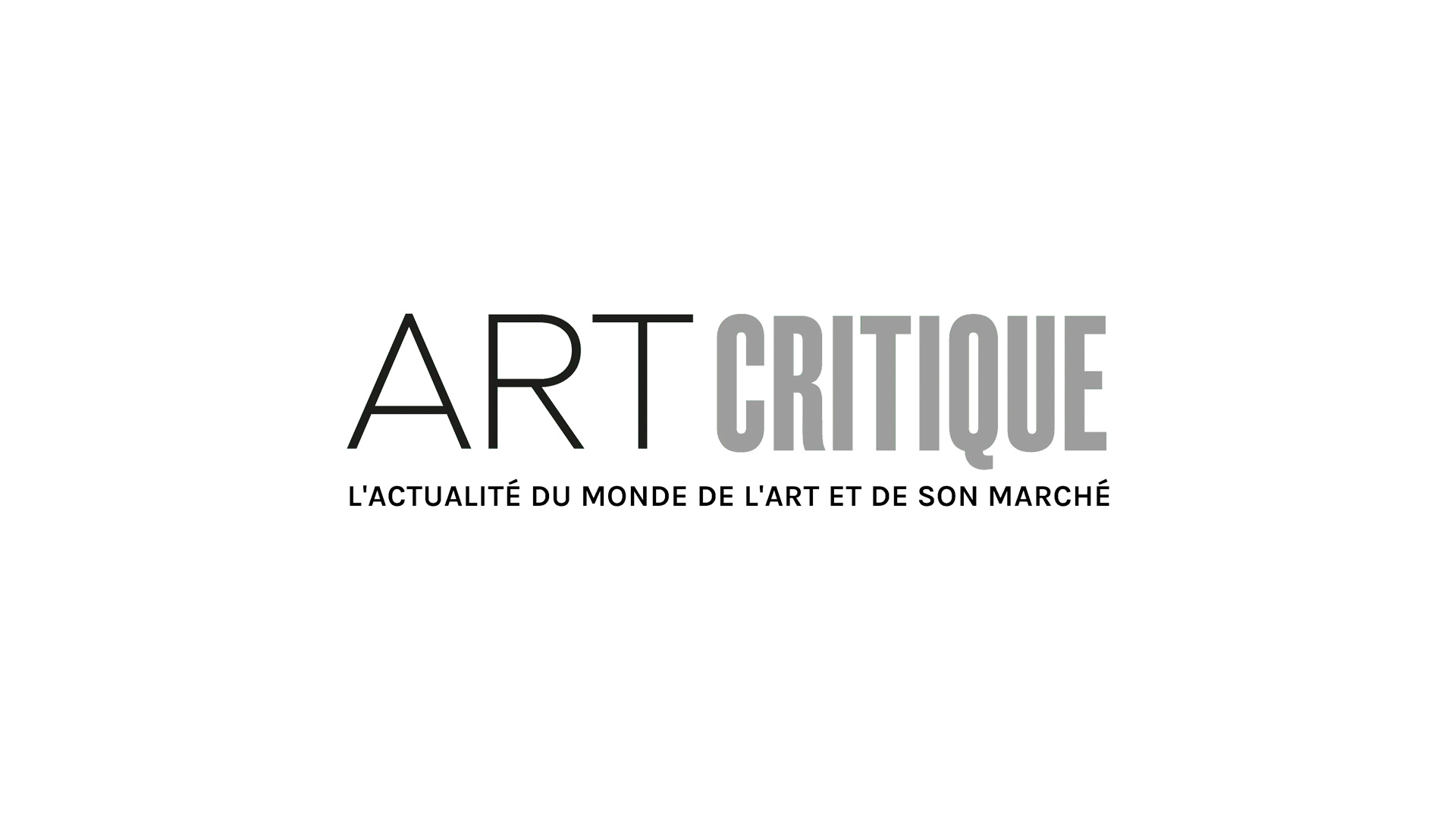The husk of a ship at the heart of a tragic wreck that killed hundreds of migrants went on view at the 2019 Venice Biennale, becoming a divisive work of art, known as Barca Nostra. Now, the ship is at the heart of more controversy as Christoph Büchel, the Swiss artist who converted the boat into an artwork, is being accused of not making good on his promise to return the wreckage to its home in Sicily.
The boat, itself, became infamous on April 18, 2015. It was traveling from Libya when it collided with a container ship in the Sicilian Channel, just two hundred kilometres from Lampedusa. The vessel, which was only meant to carry around 15 crew members, was packed with refugees. When the boat sank, it took as many as 1,000 passengers with it. Only 28 people on board survived the wreck while the other men, women, and children drowned.
A year after the small ship sank, its wreckage was rescued from the bottom of the channel through the efforts of former Prime Minister Matteo Renzi and Roberta Pinotti, former Minister of Defense. Among the wreckage, the remains of at least 600 of those on board when the ship sank were recovered and brought to a naval base in Augusta, Italy.
In the aftermath of the tragedy, a committee, known as the Committee of April 18 (Comitato 18 Aprile 2015), was formed to look after the wreckage so that it wouldn’t be lost to history.
With the intention of raising awareness about the wreck and the circumstances around it, Büchel procured the wreckage to become the focal point of Barca Nostra (Our Ship). After reaching an agreement with the protective body that manages the wreckage, Büchel raised the funds to transport the ship to the Arsenale, a main venue at the Venice Biennale. The agreement was that the ship would spend a year in Venice before returning to Augusta, where it would be installed as part of a memorial to those who lost their lives.
Upon its debut in Venice exhibition titled “May you live in interesting times,” Barca Nostra was immediately contentious, drawing criticism for its lack of context, but it’s now facing new challenges after overstaying its welcome in Venice. Augusta wants the wreckage back but after a container used to transport the ship was damaged when the wreckage was brought to Venice, the return of the ship is in jeopardy. After the damage, Büchel filed a claim with the Biennale’s insurance, but the claim was rejected, and the artist entered into a legal battle with the shipping company.
The concern, now, is that the shipwreck may be scrapped as Venice preps for the architecture edition of the Biennale, now set for March, and funds to keep up the wreckage run low. Büchel upholds that his plan is to return the vessel to Sicily as soon as the funds to do so are obtained.
“Presenting the wrecked ship at the Biennale would never have been permitted had not Christoph Büchel agreed to be responsible for the costs of returning it after the exhibition,” Ralph Rugoff, curator of the 2019 Venice Biennale, told The Art Newspaper. “The Venice Biennale has only limited funds available for shipping works of art and its budget was never designed to accommodate the kind of costs associated with transporting something like Barca Nostra.”
A Biennale spokesperson added: “We are asking the artist to respect the commitment he made and to return the work to Augusta.”
According to la Repubblica, curator Maria Chiara Di Trapani, and the Committee of April 18 have spent the last year working on and are still seeking an alternative way to get the ship back to its home port.





